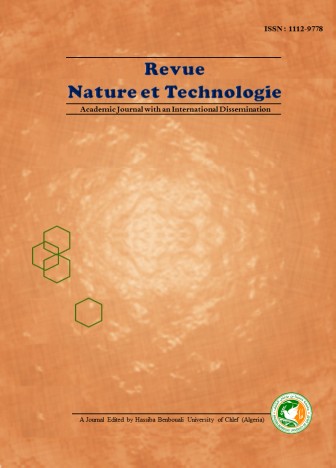Priority Area For Sustainable Cashew (anacardium Occidentale L.) Growing In Togo: Economic Implications And Conservation Areas
Keywords:
Fruit crops, Climate change, Habitats, MaxEnt, TogoAbstract
Understanding a species’s current and future potential habitat is crucial to design its policy for management and cultivation practices that are more resilient in the face of climate change. This study assessed the present-day distribution and predicted the potential effect of climate change on the distribution of Anacardium occidentale’s habitat in Togo under two Representative Concentration Pathways (RCP4.5 and RCP8.5) at the 2055-time horizon. Maximum Entropy algorithm, 2538 species occurrence records, and a combination of 23 climate- and soil-related variables were used. Soil, isothermality, temperature seasonality, and annual precipitation are the most significant environmental factors affecting the distribution of the species in Togo. Based on the current model, 54.45% of the Togolese landscape is favourable for cashew development, mainly in the plains of Guinean and Sudanese savannahs. Unfavourable areas (15.20%) are in the southern mountainous areas of Togo and coastal areas. An increase in favourable areas and a slight decrease in unfavourable and moderately favourable areas are predicted by 2055, considering the two scenarios.





